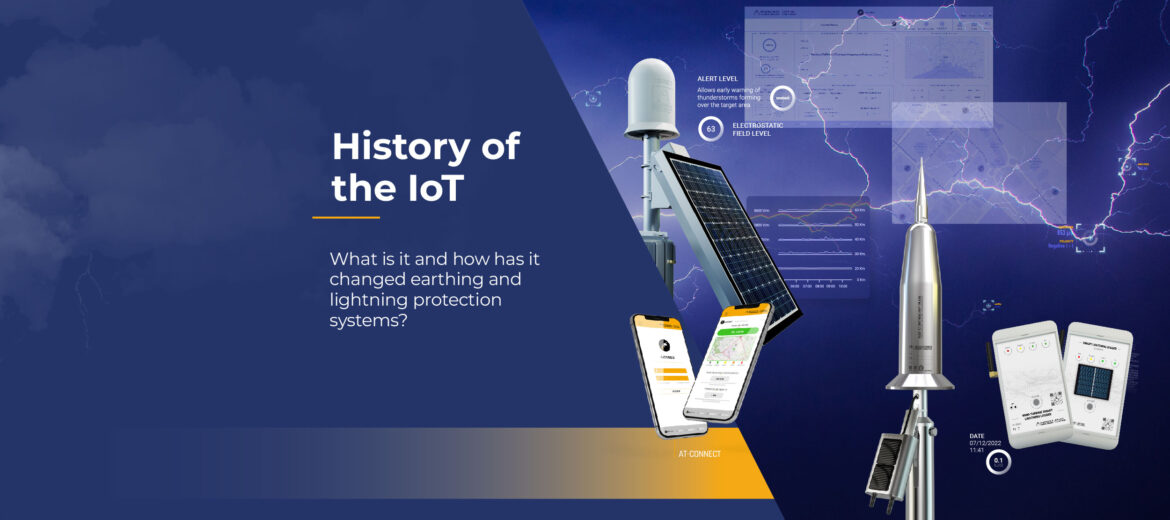History of the IoT: what is it and how has it changed earthing and lightning protection systems?
The Internet of Things (IoT) is a technology that allows objects to connect to the internet and communicate with each other. IoT has enabled the development of new applications and services, such as home and factory automation, vehicle tracking and real-time patient monitoring. Its application in earthing and lightning protection systems has led to increased efficiency by providing real-time and remote information on the status of connected assets.



